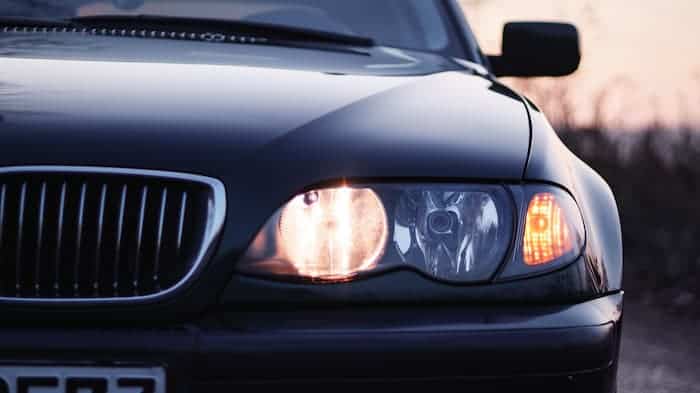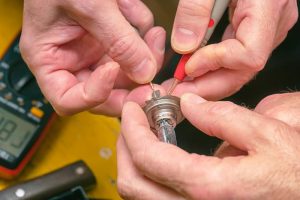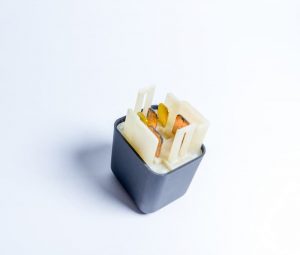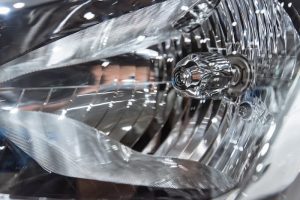I hear a lot of complaints from car owners about their headlights and one of the most popular questions they ask is “why does my headlight keep going out?” Well, while there are a ton of reasons why that may happen like bad headlight relays, and worn out bulbs, the most common reason is condensation on car headlights. Water and electricity don’t mix and condensation is what happens when they do, which can result in short circuits in the headlight housing, thereby causing your car headlights to flicker or go out completely.
So, if you don’t restore your car headlights regularly using a restoration kit when you notice moisture or condensation on your car’s headlight lenses, you could find yourself having the same bad experience as Jack, whose headlights got burned out as he drove home late one night. “It’s funny because you might have just replaced that bulb not long ago.” This is an issue, as driving with only one headlight at night is unsafe and could land you a ticket.
Constantly changing headlight bulbs is not only inconvenient but also indicates that your car may have an underlying problem. Continue reading to learn about the causes of premature headlight bulb failure
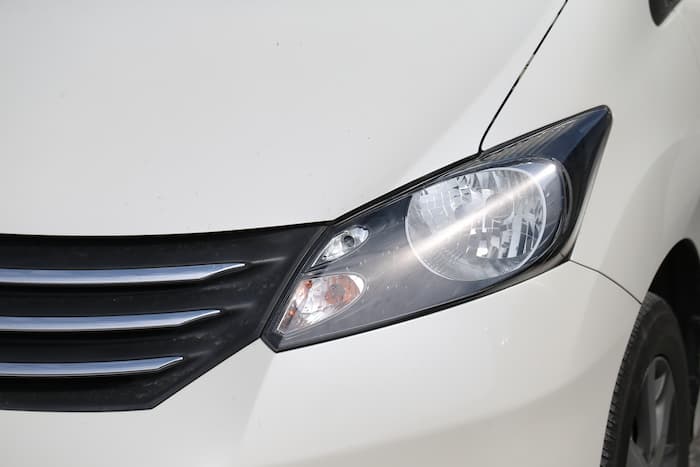
- Vibration:
When heated, the fine tungsten wire filaments inside halogen bulbs and sealed beam headlights emit light. The filament can break even under ideal conditions, leaving you in the dark. Vibration from rough roads, potholes, and bumps will shorten the filament’s life expectancy. A problem with your lighting assembly could also cause vibrations. Even under normal driving conditions, if the bulb is not placed correctly in the headlight assembly, it will vibrate. A bent bulb socket or headlight housing can cause insecure mounting.
Likewise, if your headlight housing is not mounted correctly to your vehicle, the entire housing, including the bulb and filament, will vibrate while you drive, reducing the filament’s lifespan. If maybe one or both of the front wheels are out of balance, a vibration of the headlight housing may occur, even if it is tightly mounted to your vehicle. If you notice a wobble in your steering wheel, it’s possible that it is partly the cause of continuous bulb failures.
- Touching the headlight bulb:
To withstand high working temperatures, headlight bulbs that operate at high temperatures, such as halogen and HID lamps, use a specific quartz glass enclosure. If you must handle the bulb’s glass, you should always wear gloves or use a cloth or paper towel. If you handle the glass with your bare hand, oil from your hand will stick to it and generate hot patches when the bulb is turned on, resulting in uneven heating and even glass breakage.
- Extreme temperatures:

The headlight filament requires heat to produce light; yet, the hotter the filament becomes, the less durable it becomes. If you drive at night or live in a state where daytime running lights are required, the extended time your lights are on can heat the filament to a higher temperature, eventually causing premature filament break.
If you constantly drive in cold weather, the lifespan of your headlights may be shortened. Bulb filaments are more brittle in cold temperatures and are more likely to break, especially if vibrations from rough roads and potholes are encountered.
- Turning on your headlight before starting your car:
Many cars will redirect electrical power from any accessories that have been on when you start your car by turning the key or pressing the start button to supply enough power to the starter motor. If you switch your headlights before starting your car, they will turn off and then on again after the engine starts. This quick on-off-on process can shorten the life of the headlight bulb.
- Water leaking into the headlight housing:
Water is leaking into the headlight housing if there are any traces of condensation inside the housing. Water and electricity do not mix, and any condensation could result in a short circuit and failure. Condensation that comes into contact with a heated bulb can also cause the bulb to break.

